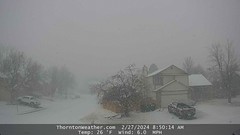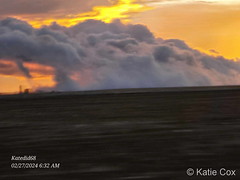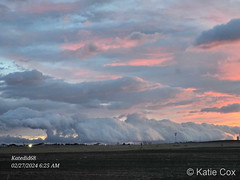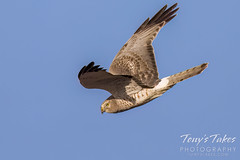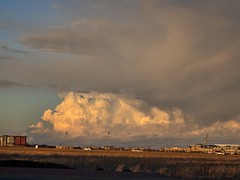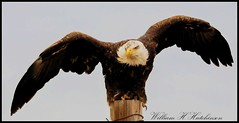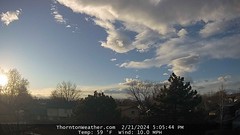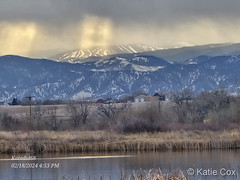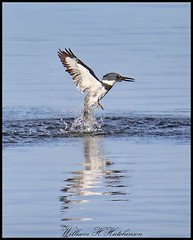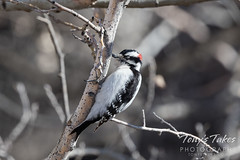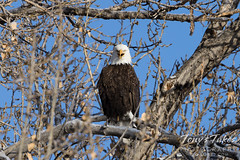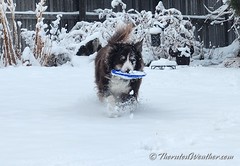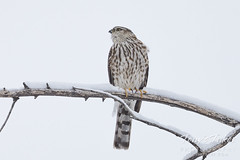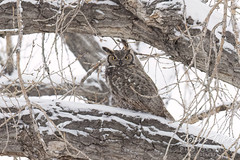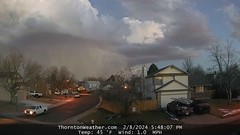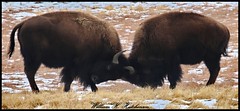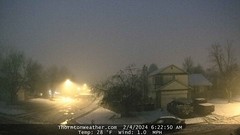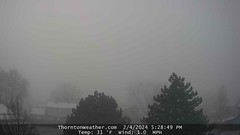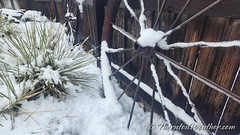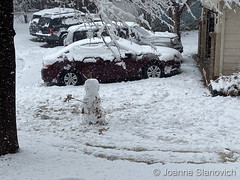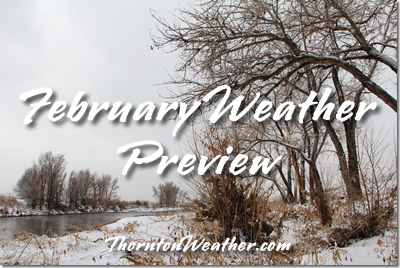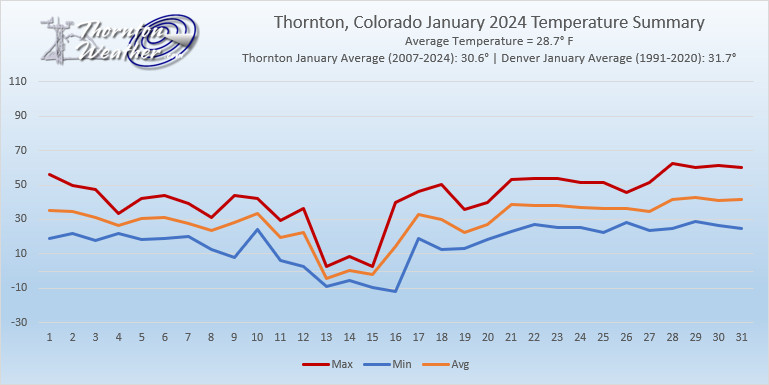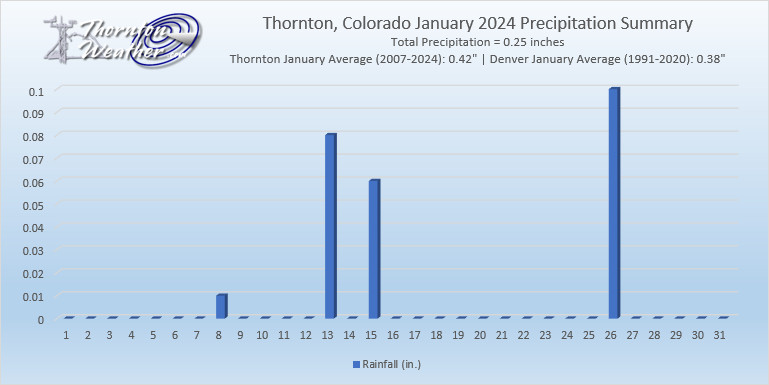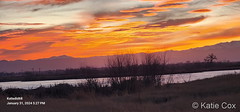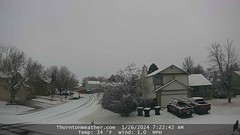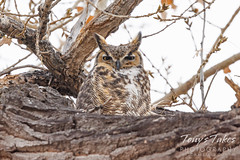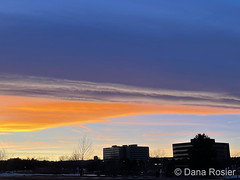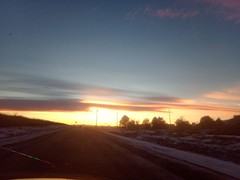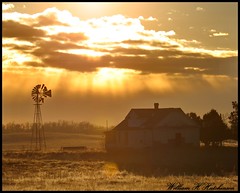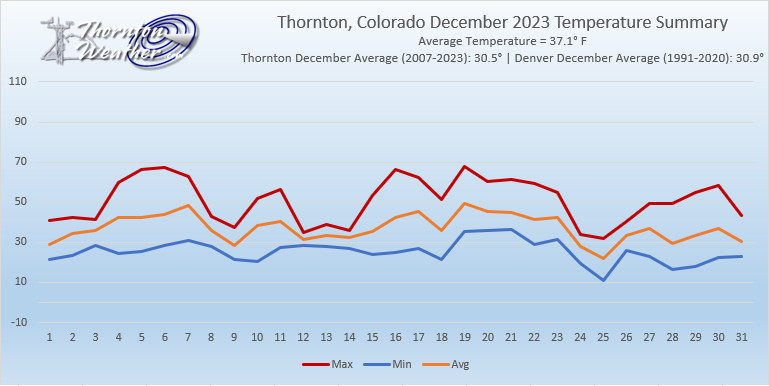
January in Colorado is known for two main weather conditions – cold and wind. Our look back at this week in Denver weather history shows why this reputation is well earned.
From the National Weather Service:
31-7
In 1941…a protracted cold spell through January 7…1942… Produced below zero low temperatures on 7 of the 8 days. A low temperature of 2 degrees on the 3rd prevented a string of 8 days below zero. The coldest days during the period were the 1st with a high of 2 degrees and a low of 9 degrees below zero…the 4th with a high of 2 degrees and a low of 11 degrees below zero…and the 5th with a high of 26 degrees and a low of 12 degrees below zero.
6-7
In 1908…furious high winds were noted in Boulder but caused only minor damage and injury.
In 1913…a very cold arctic air mass caused temperatures to plunge to record levels. The low temperature fell to 21 degrees below zero on the 6th and to 18 degrees below zero on the 7th…both records. The high temperature of only 8 degrees below zero on the 6th was a record low maximum for the date.
In 1920…post-frontal heavy snowfall totaled 7.0 inches in downtown Denver. North winds were sustained at 24 mph with gusts to 30 mph on the 6th.
In 1923…warm Chinook winds resulted in two temperature records. Low temperatures of 37 degrees on the 6th and 42 degrees on the 7th equaled the record high minimums for the dates. West winds were sustained to 30 mph with gusts to 33 mph on the 6th. Southwest winds were sustained to 47 mph with gusts to 52 mph on the 7th. High temperatures were 53 degrees on the 6th and 56 degrees on the 7th.
In 1986…2 to 4 inches of snow fell over metro Denver… With 5 to 8 inches in the foothills west of the city. The 2.4 inches of snowfall recorded at Stapleton International Airport was the only snowfall of the month. Northwest winds gusted to 24 mph at the airport.
In 2006…a brief warm spell resulted in two temperature records. High temperatures of 66 degrees on the 6th and 69 degrees on the 7th equaled the record daily maximum temperatures for each of those days. Low temperatures remained above freezing and were within 1 or 2 degrees of the record daily high minimums.
7
In 1911…west Chinook winds were sustained to 51 mph and warmed the temperature to a high of 56 degrees.
In 1994…occasional high winds buffeted the eastern foothills. Wind gusts to 99 mph were recorded at Rollinsville…southwest of Boulder. West winds gusted to 40 mph at Stapleton International Airport.
In 1995…a brief blast of high winds hit the eastern foothills and adjacent Front Range communities. A wind gust to 112 mph was recorded atop Squaw Mountain…west of Denver. In Boulder…winds gusted to 81 mph. West winds gusted to 31 mph at Stapleton International Airport.
In 2009…damaging downslope winds were responsible for triggering two wildfires that threatened the city of Boulder. Peak wind gusts ranged from 75 to 107 mph in and near the foothills of Boulder…Jefferson and park counties. Although the fires never merged…they were close enough for firefighters to build a perimeter around both of them. The fires quickly torched 3000 acres and forced the evacuation of up to 1400 families. One home was destroyed along with several barns and outbuildings. Three firemen suffered minor injuries. In Bailey…power lines were downed by falling trees. A tin roof on an auto repair shop in town was almost completely blown off. Peak wind gusts included: 107 mph…3 miles south of Mt. Audobon…92 mph…3 miles south of Evergreen; 87 mph…6 miles northwest of Boulder; 81 mph…2 miles east-northeast of Bergen Park and at the National Wind Technology Center; 79 mph…4 miles northeast of Nederland; 77 mph…3 miles west of Sheridan; 75 mph at Genesee. A peak wind gust of 39 mph was measured at Denver International Airport from the west.
In 2020…high winds developed in and near the foothills of Boulder and northern Jefferson counties. Peak wind gusts included: 89 mph in west Longmont…83 mph at the NCAR Mesa Laboratory…and 80 mph at the junction of state highways 93 and 72. West winds gusted to 38 mph at Denver International Airport.
7-8
In 1911…gale force winds occurred in Boulder causing minor injuries.
In 1937…cold arctic air plunged temperatures below zero for an estimated 56 consecutive hours. Two temperature records were set. High temperatures of 8 degrees below zero on the 7th and 3 degrees on the 8th were record low maximum readings for those dates. Low temperatures plunged to 12 degrees below zero on the 7th and 11 degrees below zero on the 8th. Snowfall was 1.4 inches in downtown Denver.
In 1969…a violent evening windstorm struck Boulder and the adjacent foothills. A wind gust to 130 mph was recorded at the National Center for Atmospheric Research. Winds reached 96 mph in downtown Boulder. The Boulder airport wind recorder was blown away after measuring a wind gust to 80 mph. The windstorm caused over one million dollars in damage and one fatality in Boulder. About 25 homes in south Boulder had roofs blown off or were severely damaged. Roofs were blown off buildings housing scientific laboratories and offices of the Environmental Science Services Administration…now NOAA…in Boulder…and installations of several scientific measuring sites near Boulder received heavy damage. Grass fires driven by the high winds endangered many areas…but were controlled by volunteer firemen. One man died from injuries received when he was blown from a fire truck. One man was killed and another injured when the truck camper in which they were riding was blown off I-25 about 10 miles north of Denver. In the same area a mobile home and a truck trailer were blown off the highway and demolished. At least 20 people in the Boulder area received light to serious injuries from flying debris or from being blown into obstructions. Power lines and trees were downed over a wide area. Damage was relatively light in the city of Denver…where northwest winds gusted to 62 mph at Stapleton International Airport on the 8th. Many windows were broken in Arvada…Englewood…and Littleton. A 27-year-old fire lookout tower on Squaw Mountain…west of Denver…was blown away…and several radio relay towers at that location were toppled. Trucks were overturned near Georgetown. Mobile homes were overturned in several areas with occupants receiving injuries in some cases. The strong Chinook winds also brought warm weather. The maximum temperature of 69 degrees on the 7th broke the old record of 65 degrees set in 1948. The temperature also reached 65 degrees on the 8th…but was not a record.
In 1992…an intense blizzard buried eastern parts of metro Denver. At times snow fell at rates of 2 to 3 inches an hour. Winds increased from the north at speeds of 25 to 45 mph. Drifts of 4 to 8 feet were common. I-70 was closed east of Denver…and I-25 was closed from Denver south. Snowfall totals ranged from a couple of inches in the foothills west of Denver to as much as 2 feet on the east side of metro Denver. The heaviest snow fell on the 7th in a band from the northern suburbs of Westminster and Thornton through Aurora and east Denver to southeast of Parker. Snowfall totals included: 22 inches in southeast Aurora…14.8 inches at Stapleton International Airport…13 inches in Northglenn…10 inches in Parker…and 9 inches in Westminster. The 14.5 inches of snowfall measured on the 7th into the 8th is the greatest 24 hour snowfall ever recorded in the city during the month of January. North winds gusting to 46 mph caused much blowing snow at Stapleton International Airport.
In 2000…high winds developed in and near the Front Range foothills. The strongest winds were generally confined to foothills areas north of I-70. A wind gust to 76 mph was reported in Golden Gate Canyon. West winds gusted to 37 mph at Denver International Airport on the 8th. Continue reading January 7 to January 13: This week in Denver weather history →






